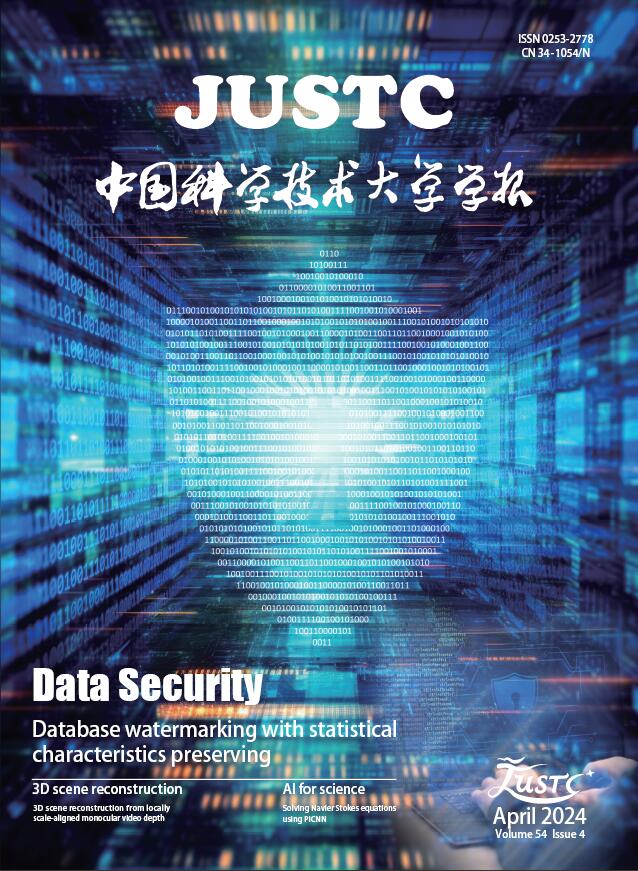2019 Vol. 49, No. 2
Display Method:
2019, 49(2): 93-99.
doi: 10.3969/j.issn.0253-2778.2019.02.002
Abstract:
2019, 49(2): 100-104.
doi: 10.3969/j.issn.0253-2778.2019.02.003
Abstract:
2019, 49(2): 105-111.
doi: 10.3969/j.issn.0253-2778.2019.02.004
Abstract:
2019, 49(2): 112-118.
doi: 10.3969/j.issn.0253-2778.2019.02.005
Abstract:
2019, 49(2): 119-124.
doi: 10.3969/j.issn.0253-2778.2019.02.006
Abstract:
2019, 49(2): 132-137.
doi: 10.3969/j.issn.0253-2778.2019.02.008
Abstract:
2019, 49(2): 138-148.
doi: 10.3969/j.issn.0253-2778.2019.02.009
Abstract:
2019, 49(2): 149-158.
doi: 10.3969/j.issn.0253-2778.2019.02.010
Abstract:
2019, 49(2): 159-165.
doi: 10.3969/j.issn.0253-2778.2019.02.011
Abstract:
2019, 49(2): 166-172.
doi: 10.3969/j.issn.0253-2778.2019.02.012
Abstract:





